I recently acquired two new cakes of tea, with many thanks to the generous help of Tony of Origin Tea. They are the two new productions that Zhou Yu supervised, and I believe these are the first new teas he’s made since about 2007. They are the best new teas I’ve had in recent years.
The first of the two teas is called Zhenren yufeng. This one’s hard to translate properly, but roughly, it means “Regal style of the enlightened man”.


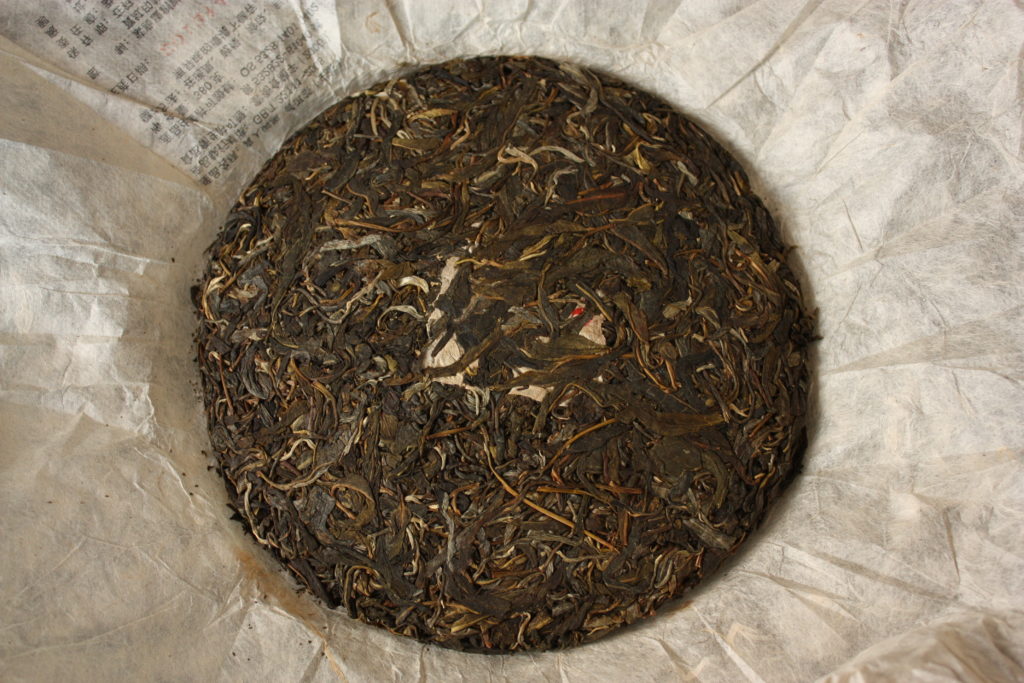
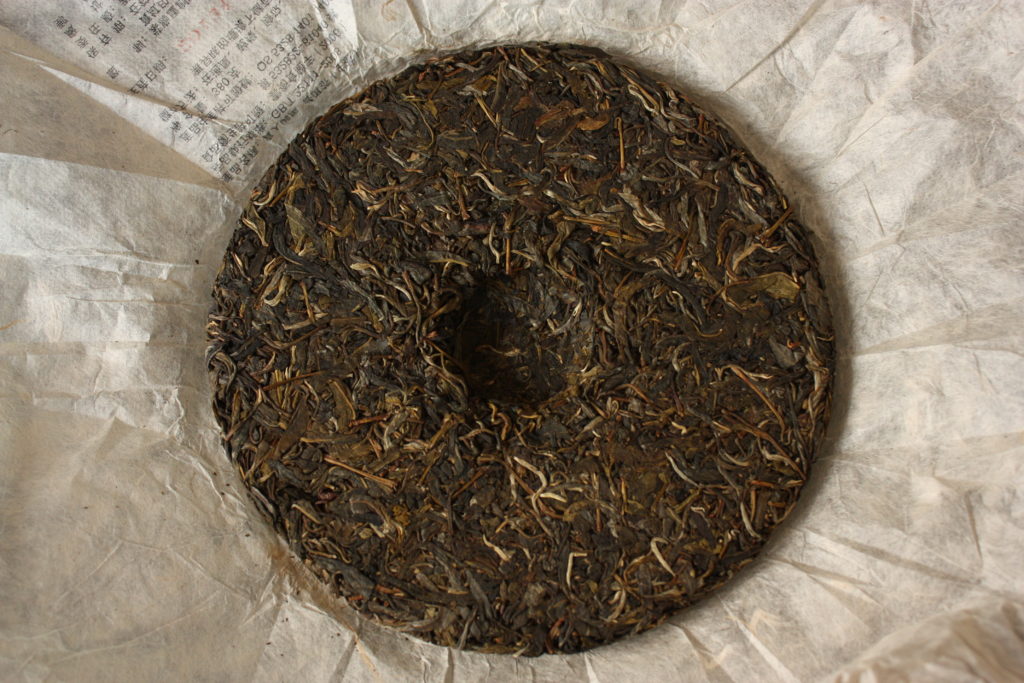 I bet you the name wasn’t conjured up by Zhou Yu himself – it’s very pretentious, and is mostly a marketing ploy, I think. The run is only about 1400 cakes, so at 380g each, it’s 532kg, so they collected maybe something like 800kg of raw maocha to get this much stuff. It’s not a big run. I don’t know where the tea is from, but it’s somewhere in Banna. It says it’s from nationally owned forests in Yiwu, but that’s actually quite a big area.
I bet you the name wasn’t conjured up by Zhou Yu himself – it’s very pretentious, and is mostly a marketing ploy, I think. The run is only about 1400 cakes, so at 380g each, it’s 532kg, so they collected maybe something like 800kg of raw maocha to get this much stuff. It’s not a big run. I don’t know where the tea is from, but it’s somewhere in Banna. It says it’s from nationally owned forests in Yiwu, but that’s actually quite a big area.
Then, the second one, is called Yuema wangong. Of course, this is a play on words – the literal meaning of this name is “Jumping horse, bent bow”, with a man suitably doing exactly that in the picture. The real point is that this is Wangong tea, also a small village in the greater Yiwu area that’s been getting a lot of attention these days. This name is something that the actual maker of the tea (Zhou Yu took a supervisory role), an outfit called Baohongyinji, has been using this name for their Wangong tea for at least the last two years, I think.

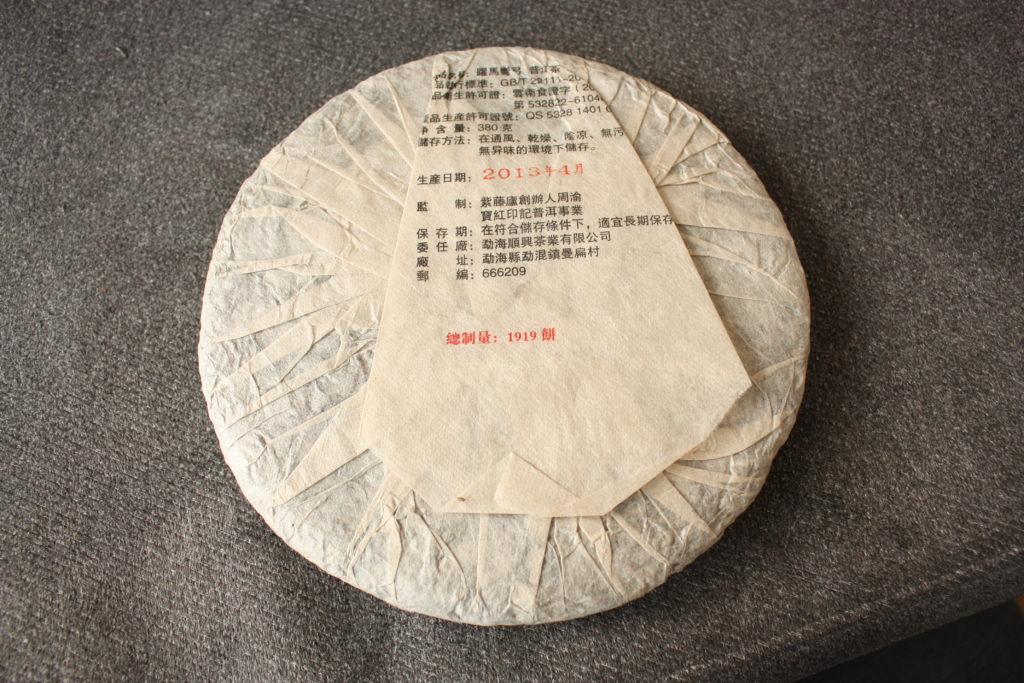

 Taste wise, the second is more immediately appealing – nice aroma, etc, but the first is the better tea. The first tea has relatively mild taste, but it has strong body and good qi. It will age well. Not that the Wangong will age badly, but given a choice, I’d pick the first one.
Taste wise, the second is more immediately appealing – nice aroma, etc, but the first is the better tea. The first tea has relatively mild taste, but it has strong body and good qi. It will age well. Not that the Wangong will age badly, but given a choice, I’d pick the first one.
Too bad the cost of the tea, at over $200 a piece, is rather high. The first second cake is slightly more expensive, but neither are easily within reach. That said, there are way more expensive teas out there that are terrible, like this 5000 RMB monstrosity that is basically green tea puerh. Thank god I didn’t pay for it. There are few people out there who have more experience with puerh than Zhou Yu, and these two cakes show (not that he needs to prove anything) that he knows what he’s doing.

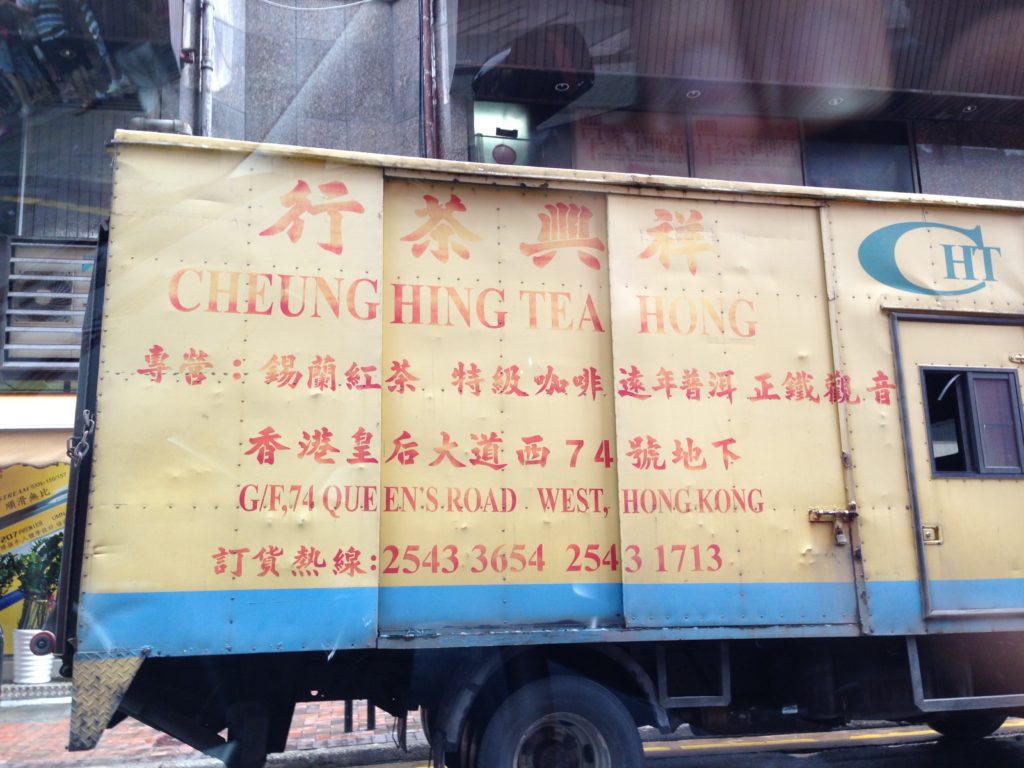
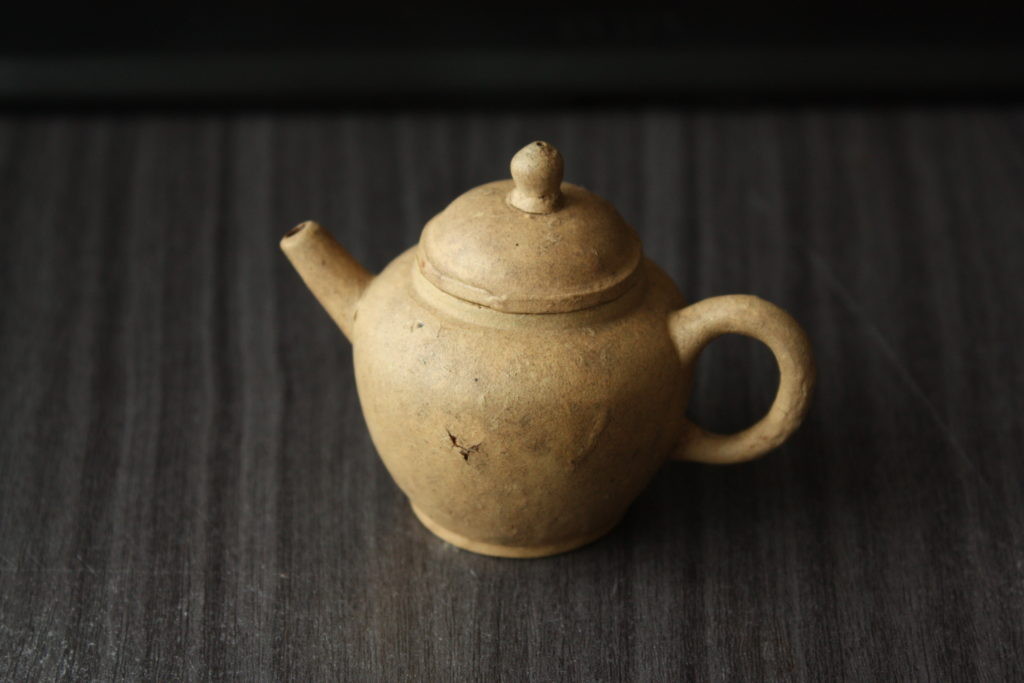
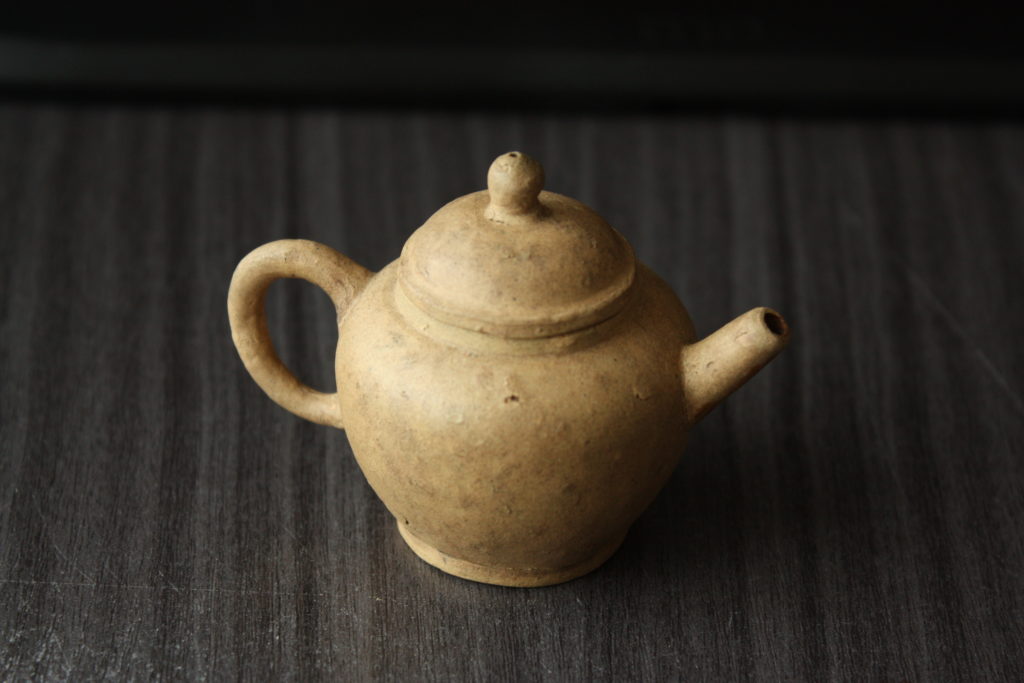
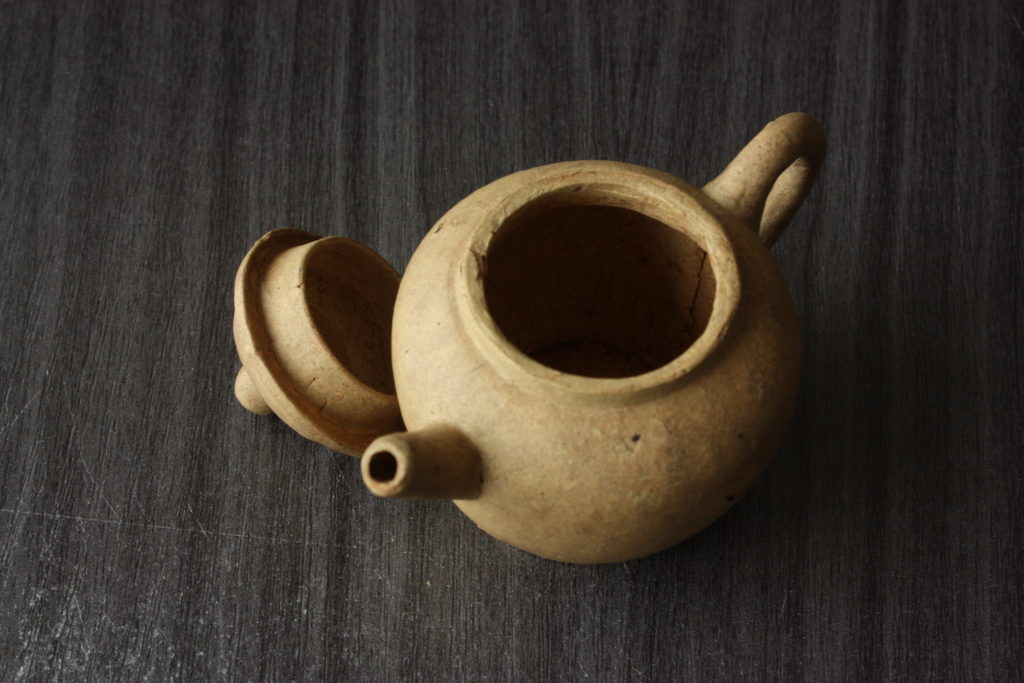


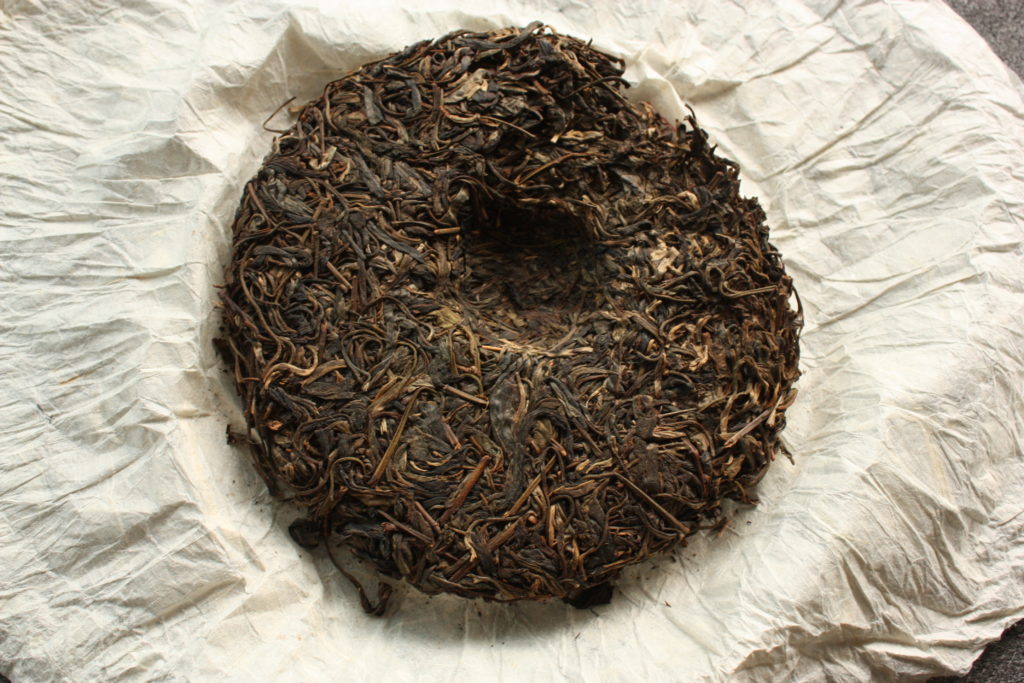
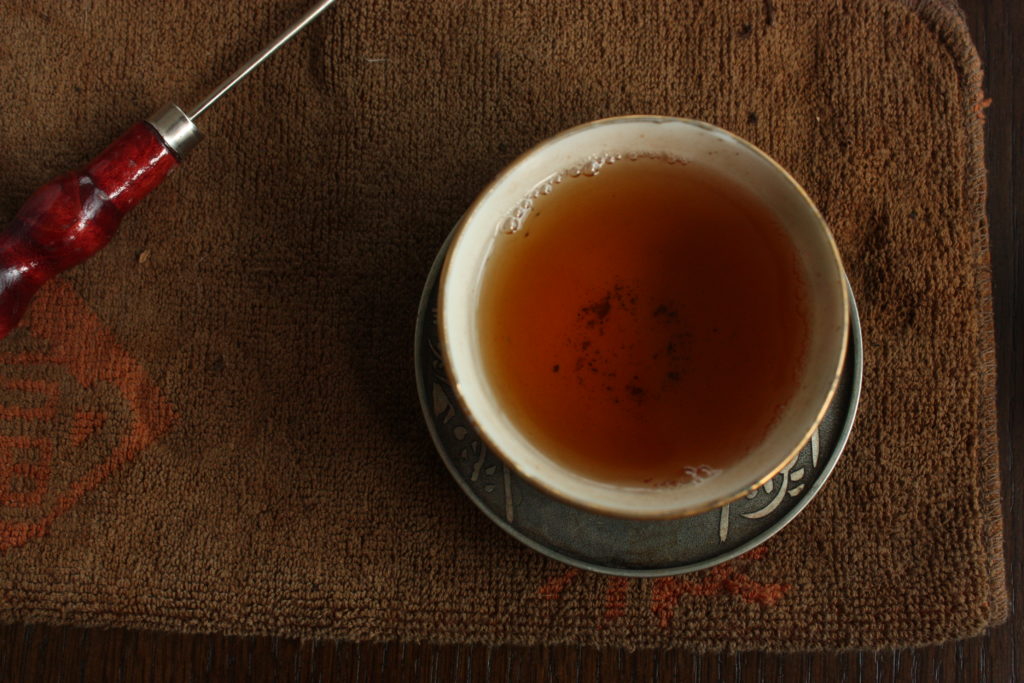
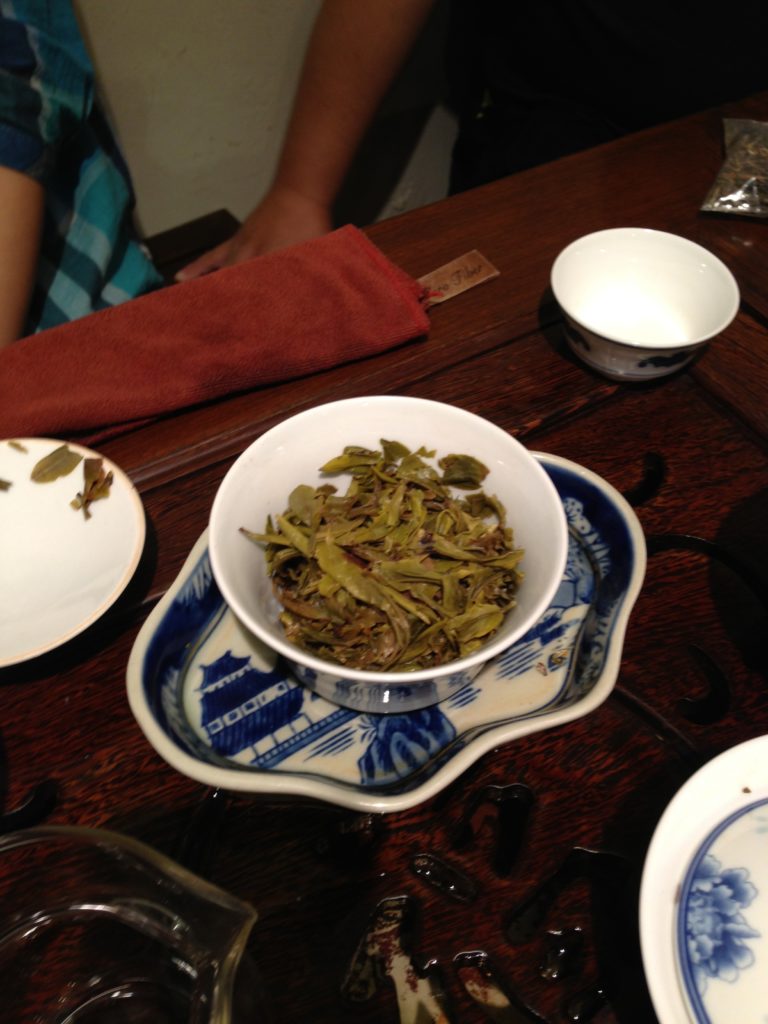

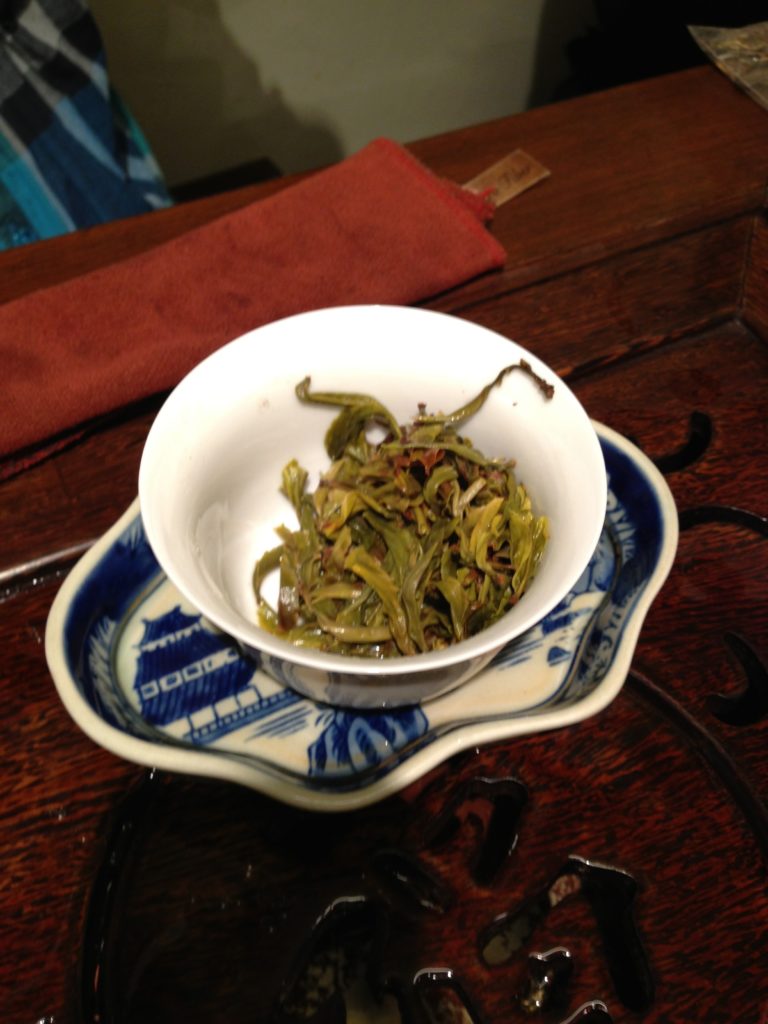
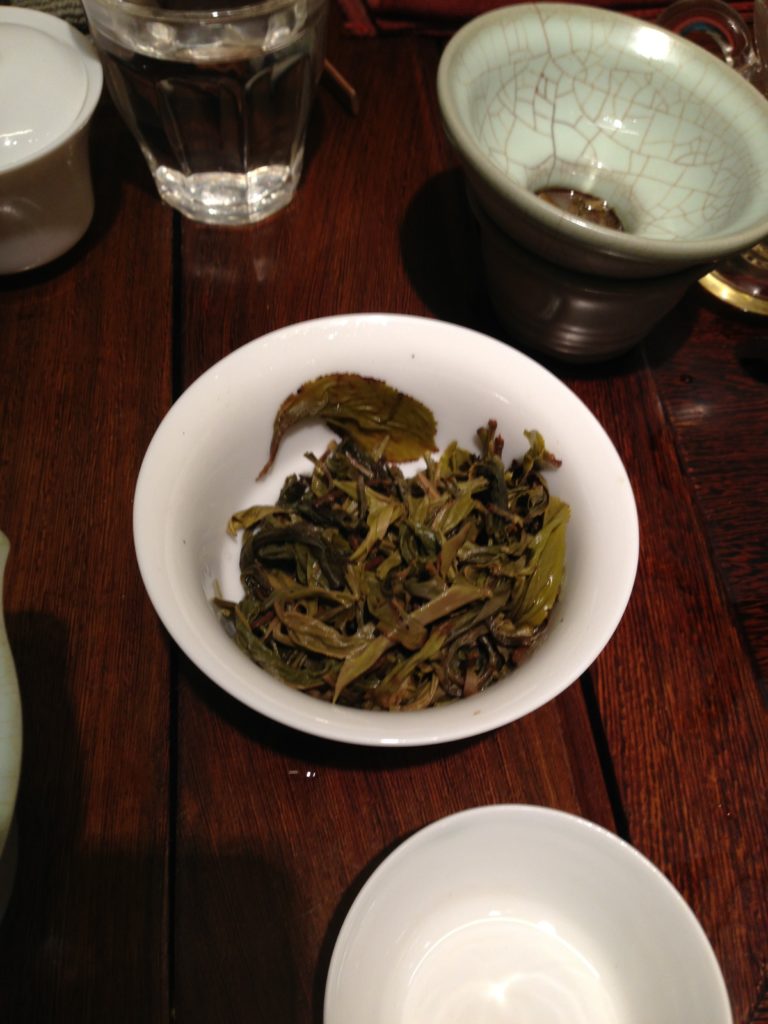

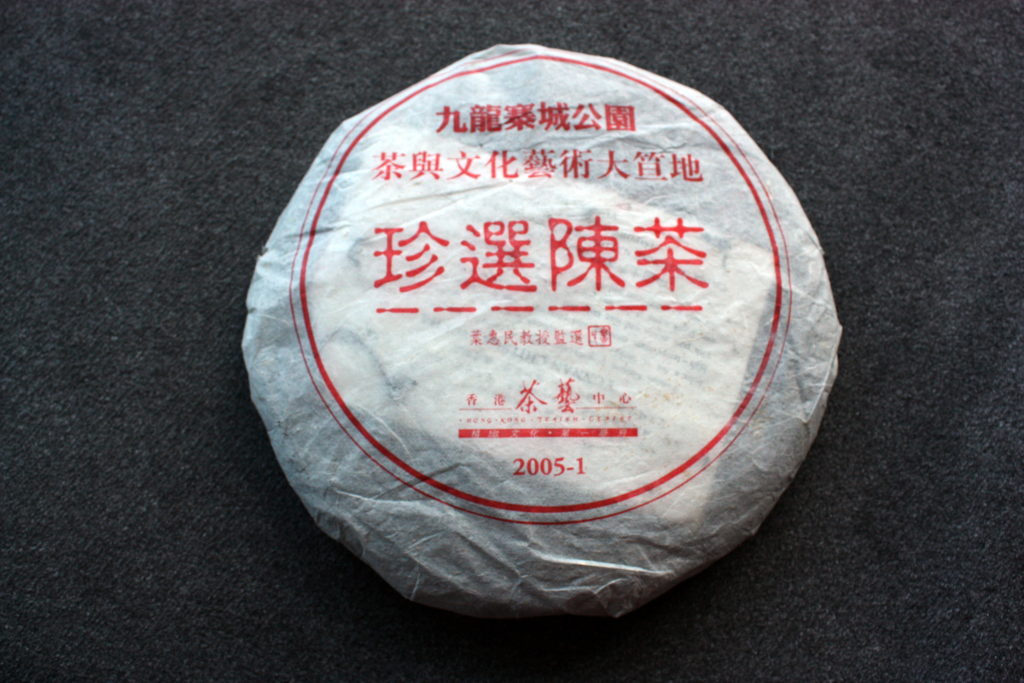


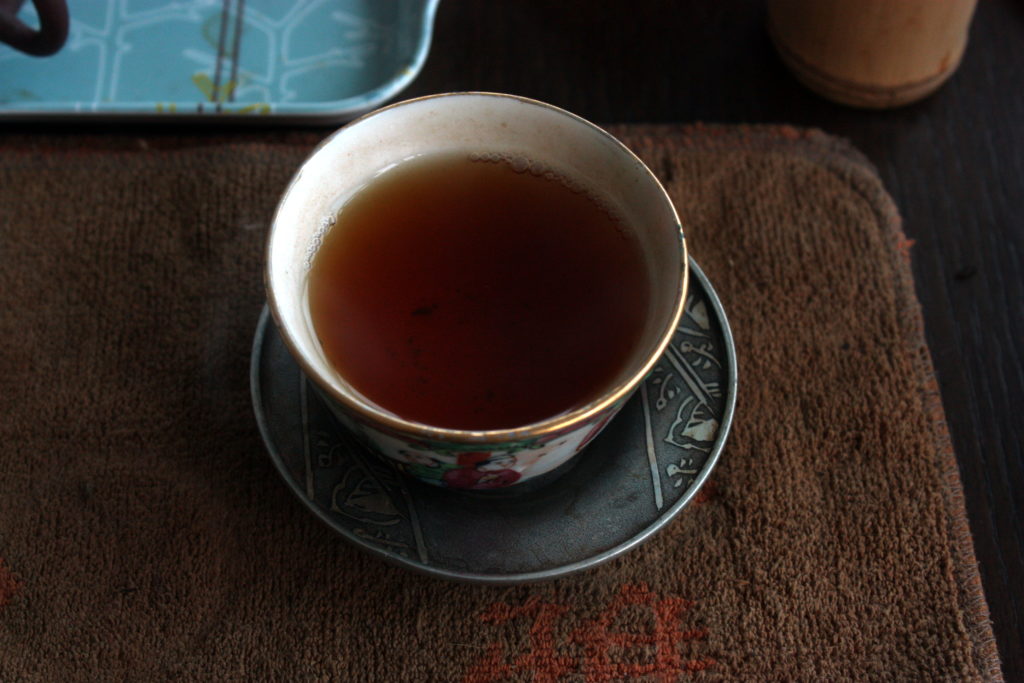

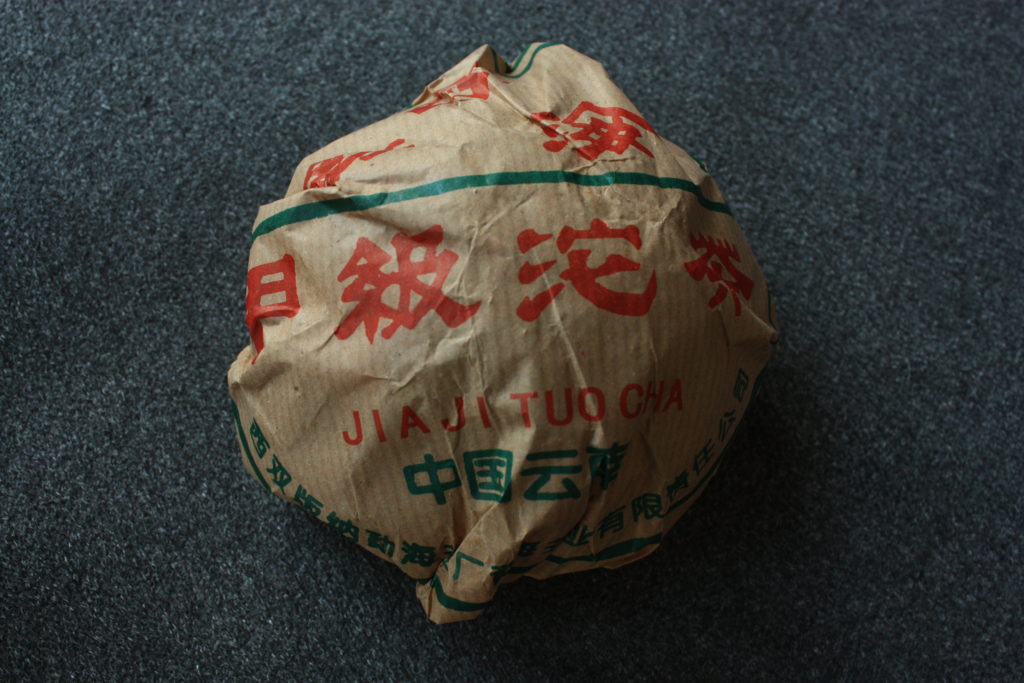
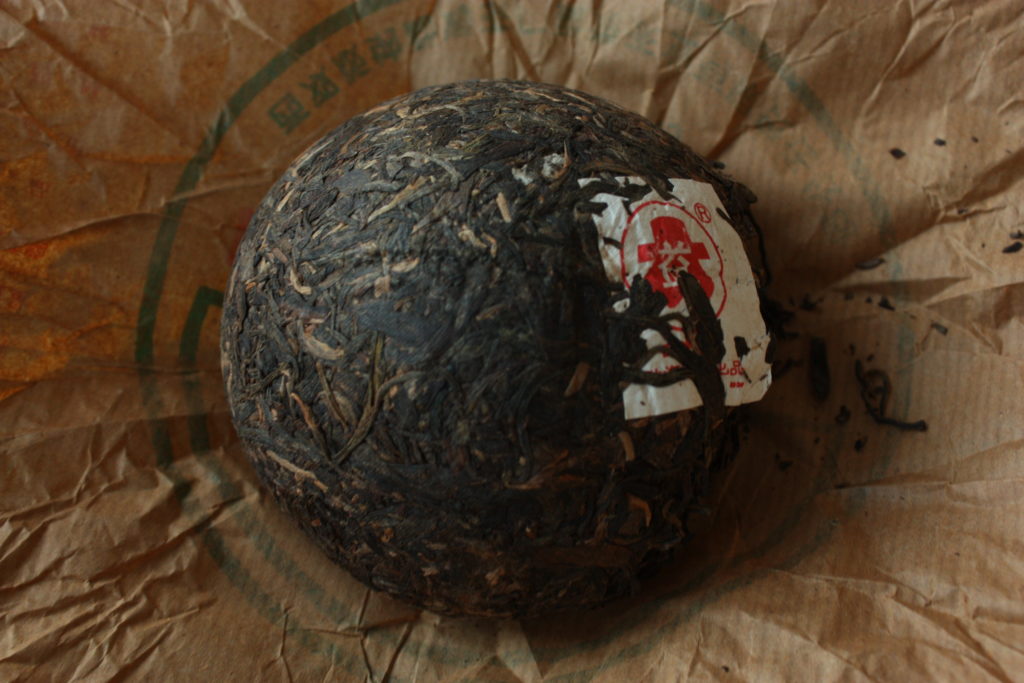


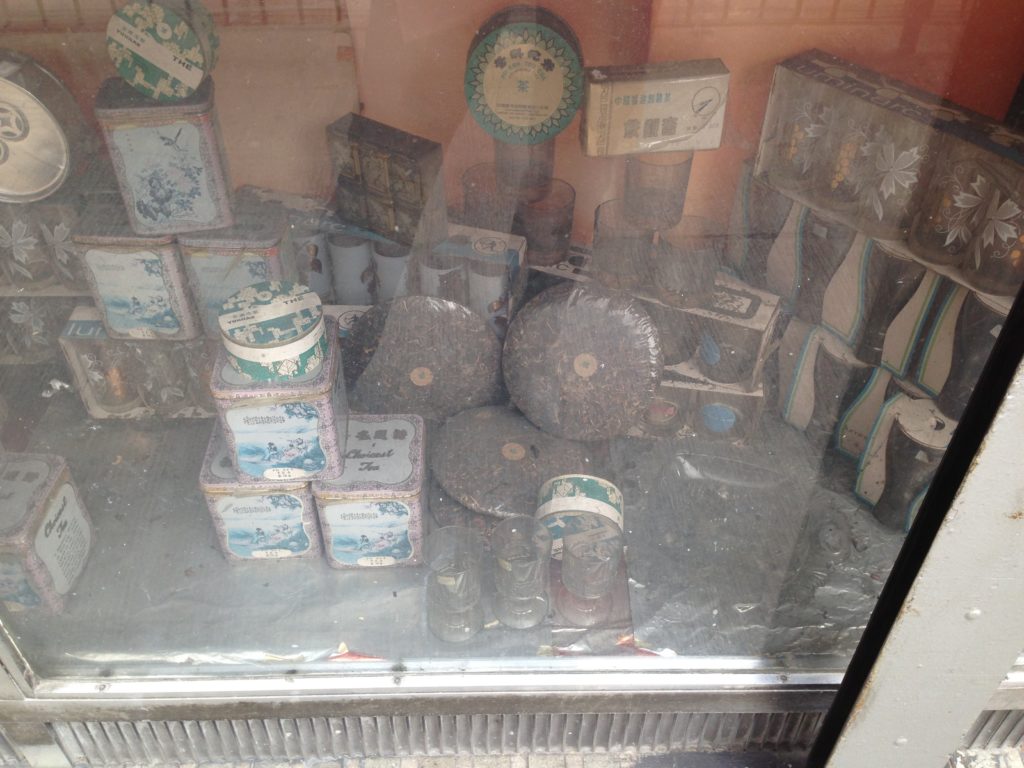
 RSS - Posts
RSS - Posts
Interesting.... would 250C in my oven work?